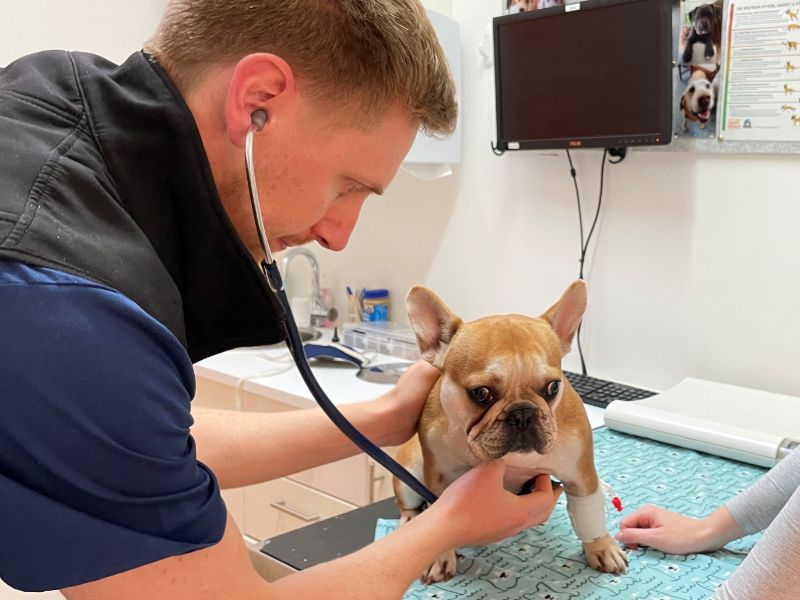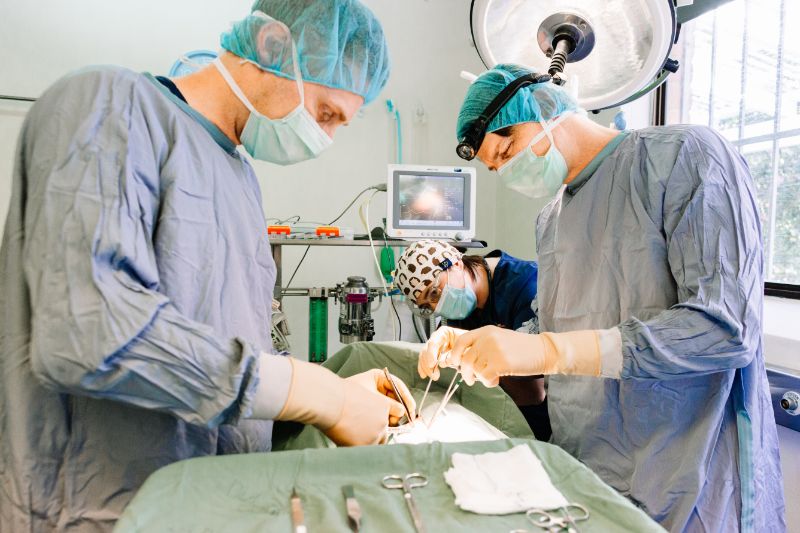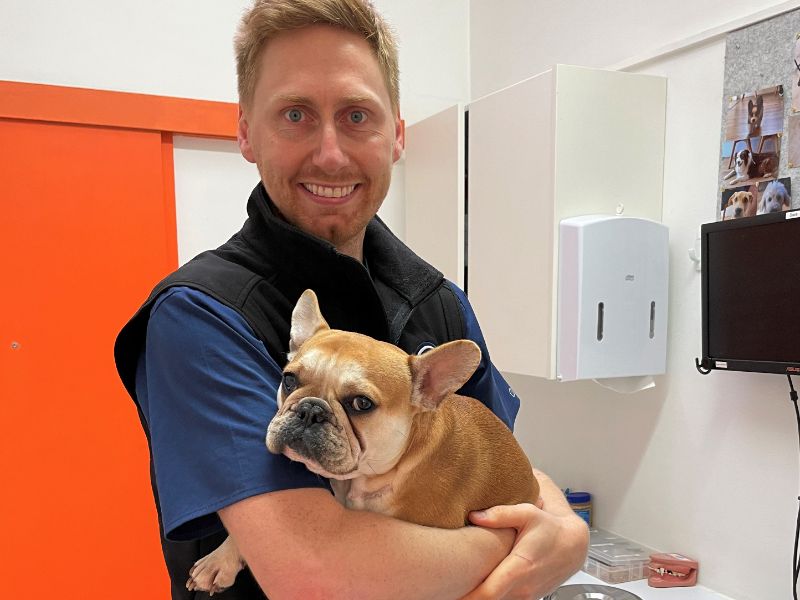Corns in Greyhounds
We’ll help your grey get the most out of life!
At Macquarie Veterinary Hospital, we love our noodles! And we want to help them get the most out of life!
Corns are a common cause of lameness in greyhounds. These hard, callus-like growths typically form on the pads of the greyhounds’ feet and despite their small size can be extremely painful. Corns in greyhounds are caused by repeated pressure and friction from walking, especially on hard surfaces. Due to the breed’s unique build and posture, with their long legs and slim feet, greyhounds are especially prone to developing corns.
The classic symptom of a lameness caused by a corn is slowly developing lameness that simply does not go away with rest or use of anti-inflammatories. The limp is usually much more obvious on rougher and harder surfaces, like gravel or concrete and effected greyhounds will seek softer surfaces (literally pull you towards grass).
Treatment options for corns vary and we will discuss with you deep surgical removal of the corn or flexor tendonectomy depending on the number of corns on the foot and which toes are effected.
Flexor tenotomy is a permanent surgical procedure that involves cutting the flexor tendon to the effected toe or toes, which results in an immediate relief of pressure on the effected pad. The procedure is low risk and most grey’s are walking much more comfortably the same day!
Let’s get your grey back to doing zoomies!
Pre Surgery Care
We understand that surgery for your pet can be daunting and scary. The aim of our pre-surgery care is to minimise your concerns and prepare your greyhound for safe and stress-free surgery.


Superficial Tendonectomy in Greyhounds
We take anaesthetic monitoring and tendonectomy surgery in greyhounds very seriously. We use the latest in recommended anaesthetic and surgical techniques to get the best outcome we can.
Post Surgery Care
Following surgery your grey will receive strong pain relief and anti-inflammatory medication. They will go home with additional pain relief, a small bandage on their foot and an Elizabethan collar. Recovery is usually straight forward and you will often see an immediate improvement in their gait!

Gap Only Payments Available!
We work directly with most insurance companies so that you only have to pay the gap for any hospital treatment or surgery. Sorted!


